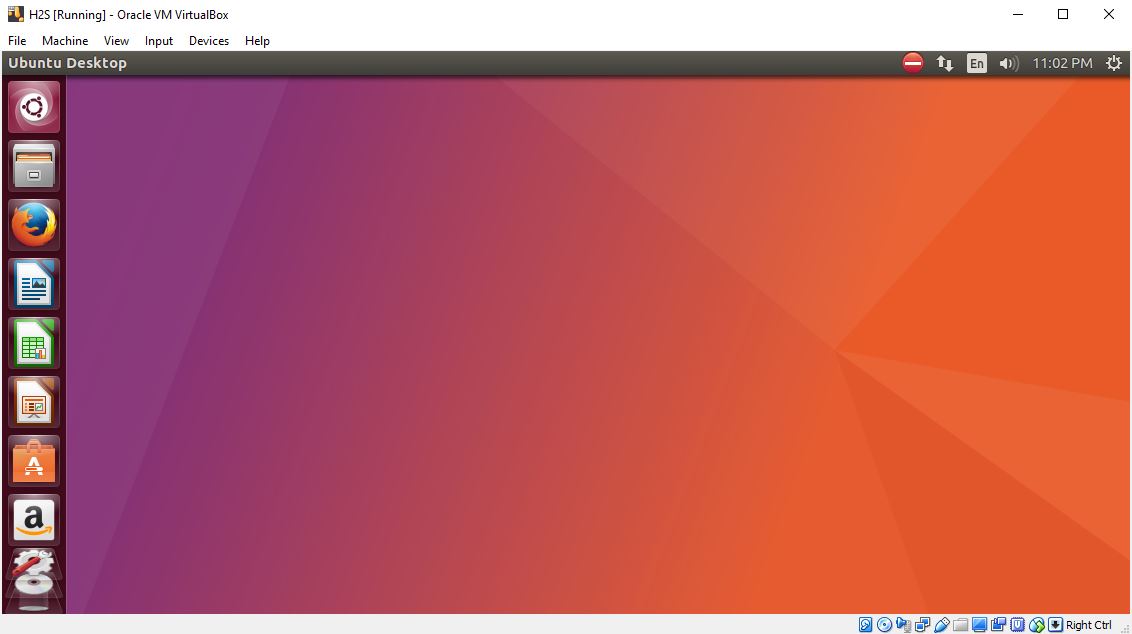

64-bit) from the dropdown menu and click Next button.Ī 64-bit guest needs the CPU virtualization technology (VT-x AMD/V) to be enabled in BIOS.Įnter memory (RAM) to reserve for your virtual machine and click Next button. Setup Wizard will appear and click at Next button.Įnter your Virtual Machine name, and choose your guest OS and architecture (32- vs.

iso from the virtual optical disk drive before restarting the VM. Finish the installation as normal install.On VirtualBox main window, select START and pick your MEDIA SOURCE.Put how much space you need depending on your hardisk and finish the wizard by clicking the create button. Click next until it show the vm storage size.Choose your guest OS and architecture (32 vs.However, when you get to the hard disk selection, select "Use an existing virtual hard disk file" ( Figure A) and then navigate to the ubuntu-core-16-amd64.vdi image created with the VBoxManage command. Do this as you would create any normal VM. VBoxManage modifyhd ubuntu-core-16-amd64.vdi -resize 20480Īt this point, you can create the Ubuntu Core virtual machine ( VM) in VirtualBox. Let's resize that to a 20 GB image with the command: VBoxManage convertdd ubuntu-core-16-amd64.img ubuntu-core-16-amd64.vdi -format VDIĪlthough the resulting file is viable for VirtualBox, it's small. You now have a raw disk image that can convert into a form that VirtualBox can use. Once that file downloads, unpack the image with the command: Open up a terminal window on your Linux host and issue the following command to download the compressed Ubuntu Core image file:

Let's walk through the process to download, install Ubuntu Core and log in - using VirtualBox running on an Elementary OS host as an example.īefore you continue, make sure you have an account with Ubuntu's single sign-on service and a secure shell key on your host system.


 0 kommentar(er)
0 kommentar(er)
